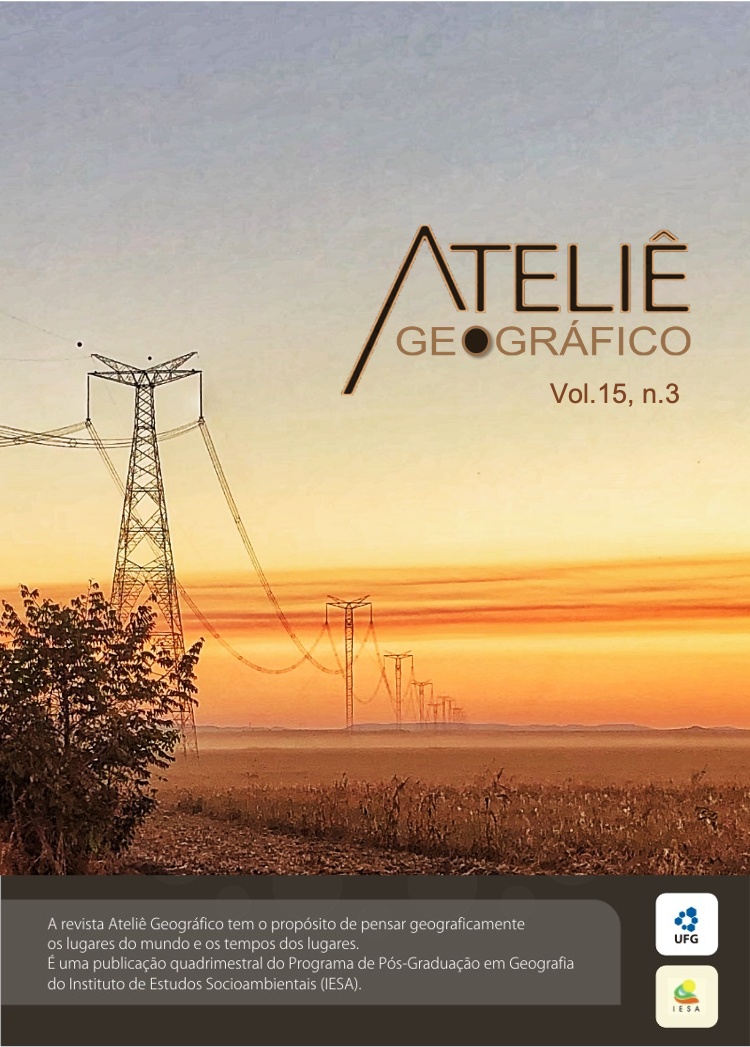Reflexões e Diretrizes para o Estudo da Paisagem Vernacular
DOI:
https://doi.org/10.5216/ag.v15i3.66634Resumo
O conceito de Paisagem Vernacular foi utilizado pela primeira vez por J.B Jackson, ensaísta estadunidense que procurou interpretar e valorizar as paisagens comuns observadas nos Estados Unidos da América. E, desde então, esse conceito vem sendo trabalhado dentro dos estudos de Paisagem Cultural. A despeito da riqueza de interpretações possíveis, a Paisagem Vernacular não possui um tratamento teórico e metodológico sistemático. Este artigo procura preencher esta lacuna e para isso procuramos conceituar o termo e procurar pelas particularidades que diferencia das demais categorias de Paisagem Cultural. Em seguida definimos quais diretrizes e parâmetros de análise podem ser utilizados para seu estudo, seguido das abordagens mais relevantes de pesquisa. O artigo traz ainda o exemplo de um estudo com a Paisagem Vernacular no norte do Paraná, tendo como exemplo a localidade Invernada, onde são aplicados alguns dos parâmetros discutidos no texto.
Downloads
Downloads
Publicado
Como Citar
Edição
Seção
Licença
Autores que publicam nesta revista concordam com os seguintes termos:- Autores mantém os direitos autorais e concedem à revista o direito de primeira publicação, com o trabalho simultaneamente licenciado sob a Licença Creative Commons Attribution que permite o compartilhamento do trabalho com reconhecimento da autoria e publicação inicial nesta revista.
- Os autores não serão remunerados pela publicação de trabalhos na Revista Ateliê Geográfico. Além disso, os conteúdos publicados são de inteira e exclusiva responsabilidade de seus autores, ainda que reservado aos editores o direito de proceder a ajustes textuais e de adequação às normas da publicação.
- Autores têm permissão e são estimulados a divulgar seu trabalho online (ex.: em repositórios institucionais ou na sua página pessoal), já que isso pode gerar alterações produtivas, bem como aumentar o impacto e a citação do trabalho publicado (Veja O Efeito do Acesso Livre).


